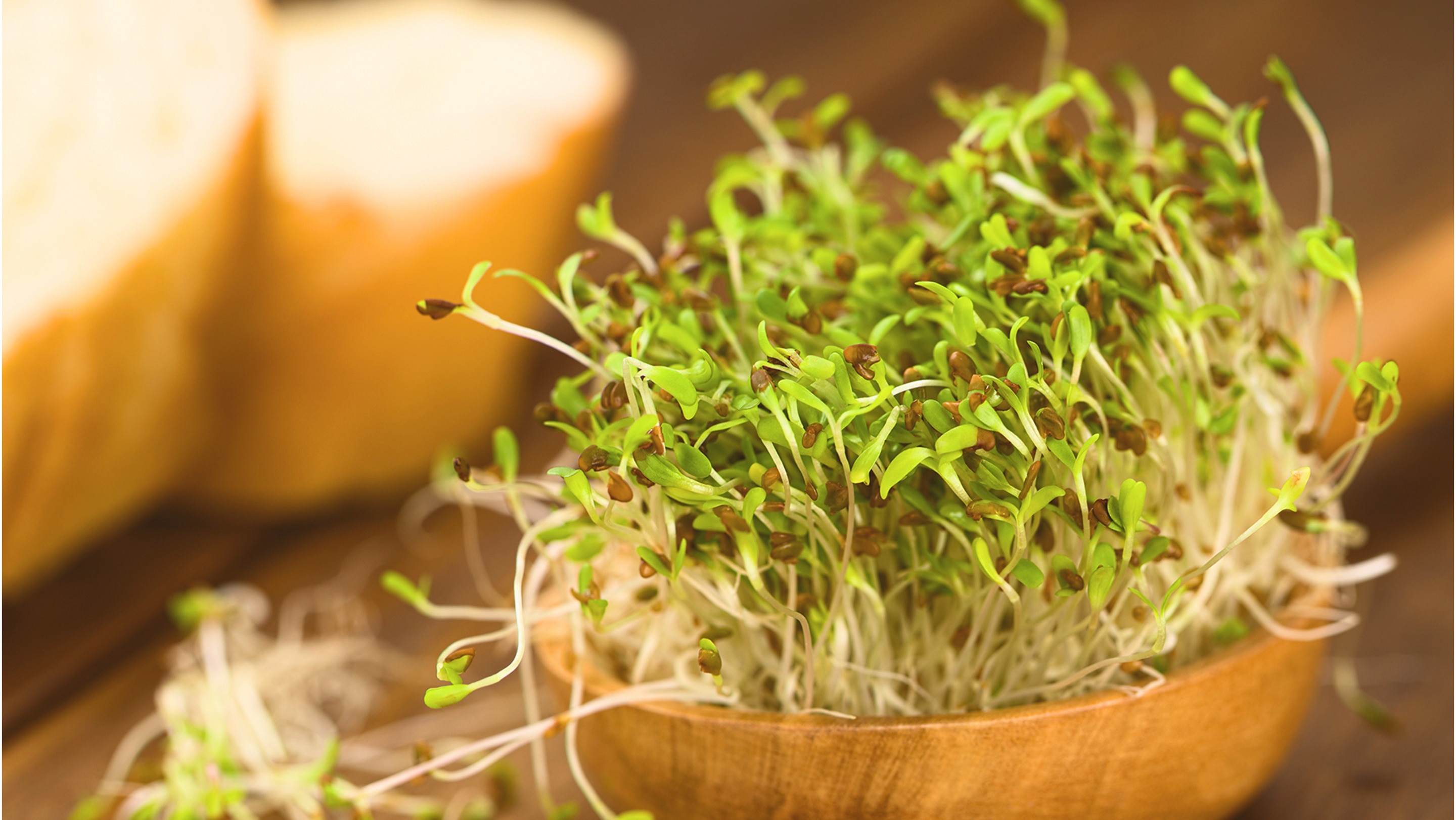Skip to:
The Future 50 Foods, comprising vegetables, grains, cereals, seeds, legumes, and nuts come from all corners of the globe with the aim of creating three important dietary shifts:
- More vegetables - we all know they’re good for us and we need more!
- More beans, nuts, seeds, grains for sources of protein in place of animals and fish
- A wider variety of grains - most of us only eat wheat and rice
We can actually power the planet and give ourselves a health makeover by making these shifts! Here are a few of these supercharged Future 50 Foods.
New on the menu, good for you
Have you heard of Moringa? You will soon. It’s often referred to as the “miracle tree” thanks to its abilities to grow quickly even during droughts. The leaves are packed with nutrients. In some parts of the world the tree is used in traditional medicine. It has a bitter taste and can be added to smoothies, soups, sauces, teas, and curries. Moringa contains nutrients that support the immune system, muscle growth and energy maintenance.
Mushrooms aren’t new to many of us, but here comes a super-powered one. The Saffron milk cap mushroom comes from the Russia/Siberia regions. In fact, in Siberia, tourists are offered saffron milk cap tastings. For use in your own kitchen, milk caps are a good source of fibre with a nutty, woody taste that has hints of umami and a meaty texture. Fry it in some olive oil with garlic, parsley, cream, or red wine. These can also be marinated, salted, or pickled, or added to stews and soups.
More of a newcomer, Salsify, is a root vegetable, like a parsnip. It’s also known as the “oyster plant” thanks to its sweet, musky taste. High in fibre, Vitamin E and iron, salsify can be boiled, mashed, or baked, added to soups and stews, or as potato substitutes.
A Plant-Powered Health Revolution
Before a piece of meat reaches your plate, it travels through a myriad of circumstances, each one leaving behind a very big impact.
Greenpeace estimates that the climate impact of meat is “roughly equivalent to all the driving and flying of every car, truck and plane in the world.”
6 ways to power up your plate:No need to rush out and buy every last vegetable at the store. Start small and easy.
- Make one meal a week a plant-based one.
- How you cook your plant foods is also important. Most of these goodies hardly need embellishment and fanciness. Grill, bake or lightly cook as much as possible to retain those healthy nutrients.
- Give yourself time to get used to a new plant-powered palate and plate. If you’ve been eating meat and chicken every day for the last five years, vegetables will taste different. Different can be good!
- Get the family involved in your new way of being. Everyone’s health will benefit.
- Be creative. Don’t just stick with salads and the foods you know. There’s an entire world of wonderful plant foods out there. Create a themed dish from around the world for each new plant meal.
- Missing meat? Add it as a tiny portion in your plant-based meal rather than making it the star of the plate.

